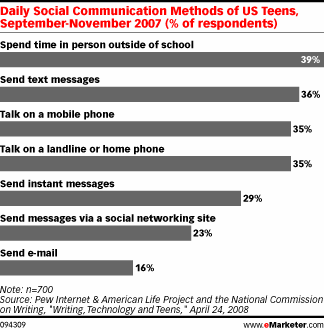For the past decade, business on the Web has focused on driving usage and user base independent of a clear financial model. Charging for products or services with utility was anathema to the cause of driving user adoption. Systems were designed to create as much “automation” as possible to allow for massive scalability with minimal cost. And given the Web as a new medium, those strategies made a ton of sense.
With viral loops and massive usage, services like Facebook and Twitter were able to create fundamental platform businesses that took the connectivity of the Internet and created “connections”. The goal to drive audiences brought content walled gardens down, and drove a whole new generation of folks to the Web. Automated activities like user generated content and self service models became the hallmarks of success. Get other people to create site connect or sign up for a service, and make money off of their effort. No better business right? Those mantras created a stark positive value proposition and led to a huge critical mass of online activity.
But the world of usage, automation and free has some collateral effects. Given how easy it is to start a site or a service, we now also have a world of noise. People are dealing with the problem of excess. Spam email, offers, products, content, tweets, updates – you name it, almost every category has infinite shelf space competing for finite attention.
That is part of the reason why I see the pendulum shifting again towards simplification, organization, and curation. Paid content walls are going up again, as businesses identify customers out of the masses willing to pay for content with cost and create unique ways of interacting with content. It’s not that the same perspective or content isn’t available for free somewhere on the Web, it’s that people don’t have to time to sift through and find all of it. The same is true for products and services. We’ve seen a number of businesses growing rapidly whose primary value proposition is not showing customers 1000s of SKUs, but a few really good options. And automation? Perhaps not fully. Virtual call centers, email communication, on demand conversations all seem to be getting layered back into the equation. Of course this will all be done in a much more efficient and productive way than ever before, but it seems to me the human touch is fighting its way back into dogma of long tail and free.

